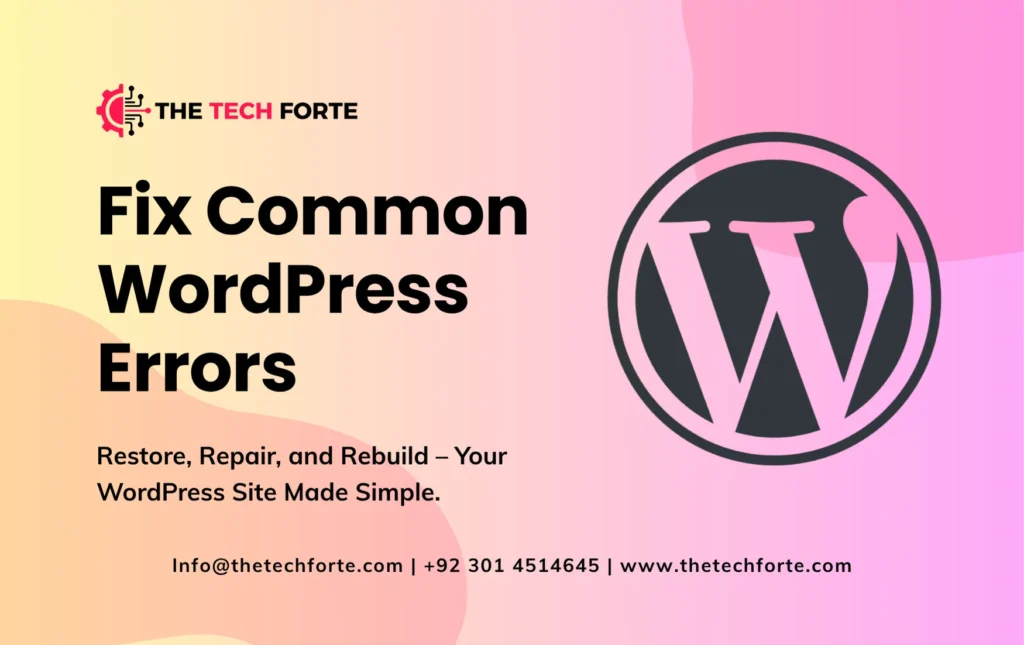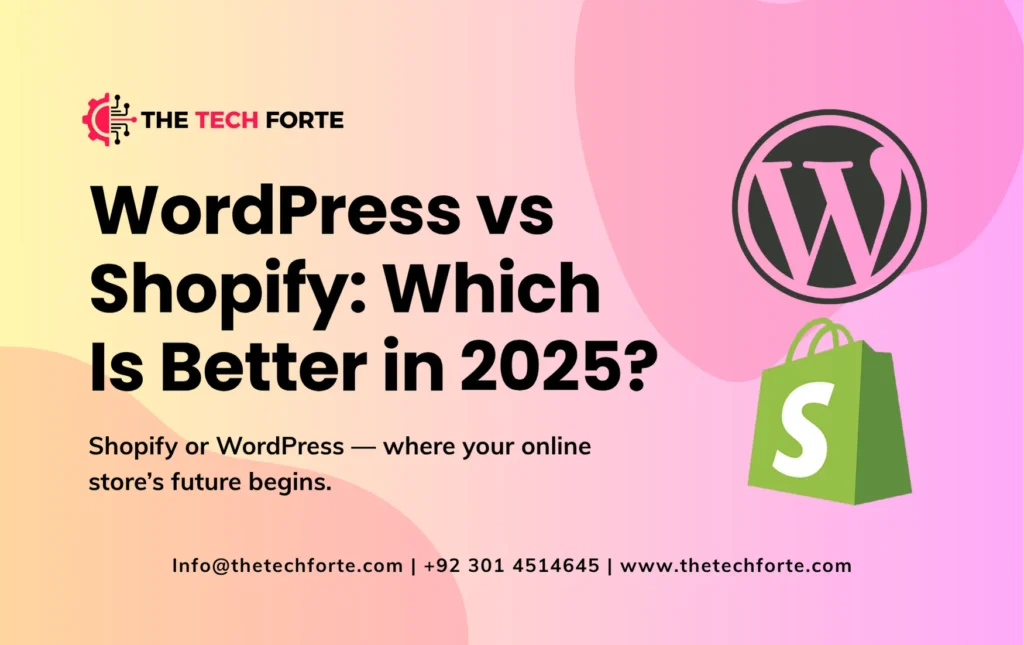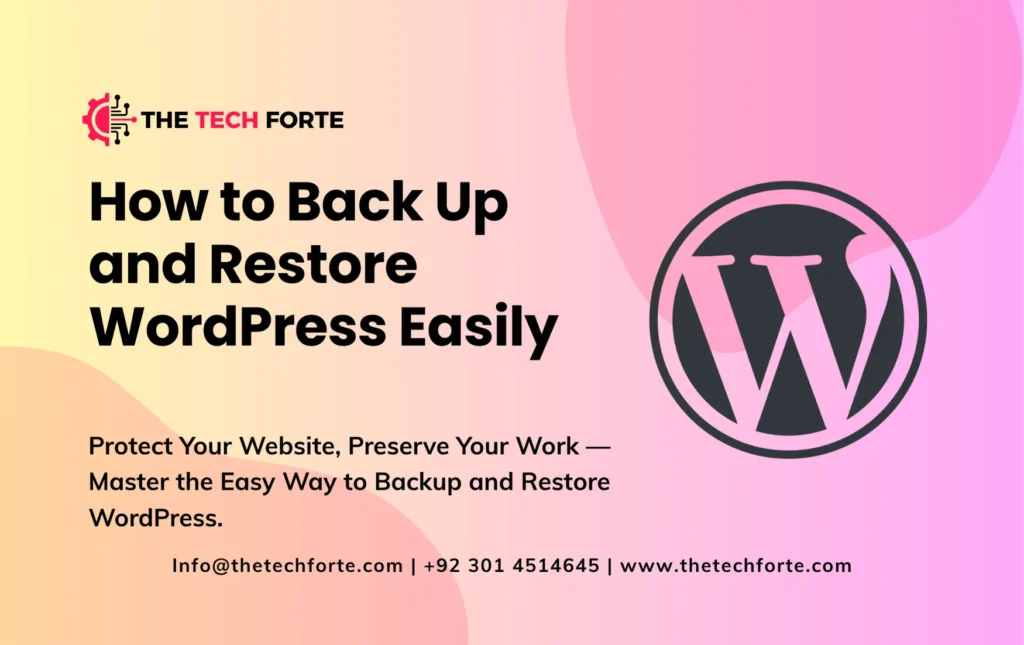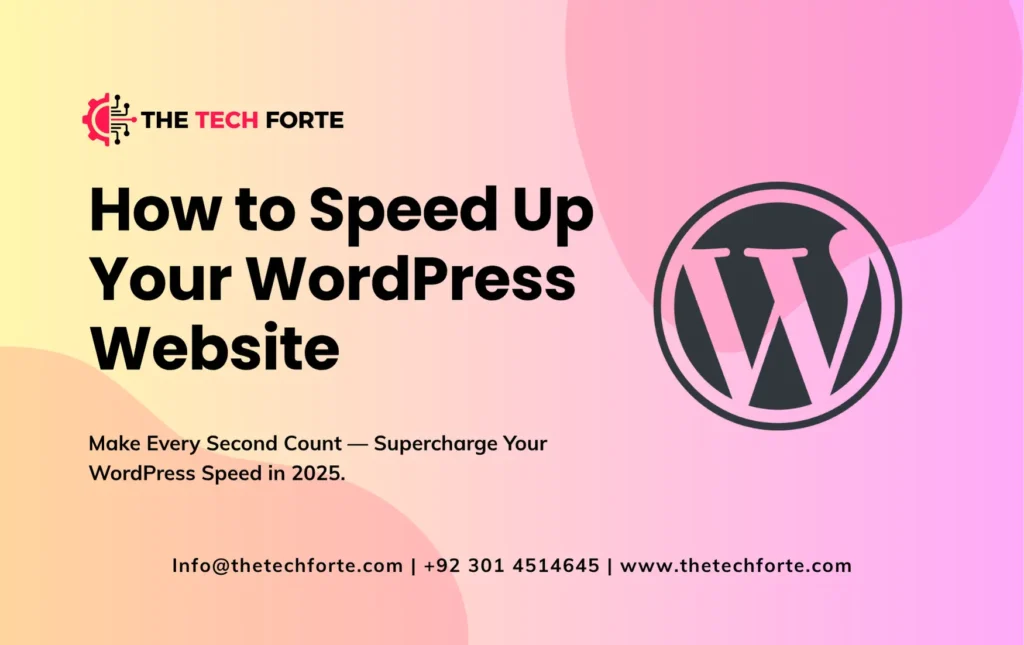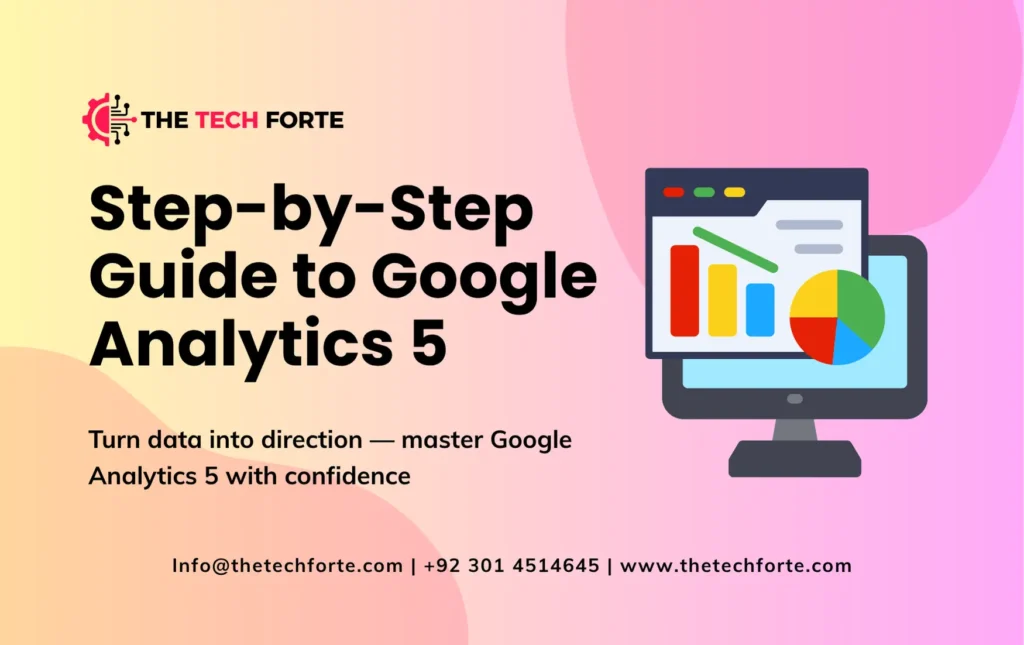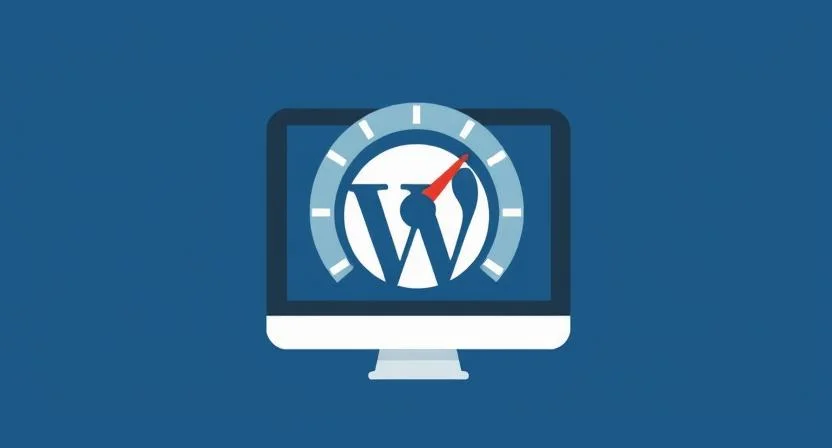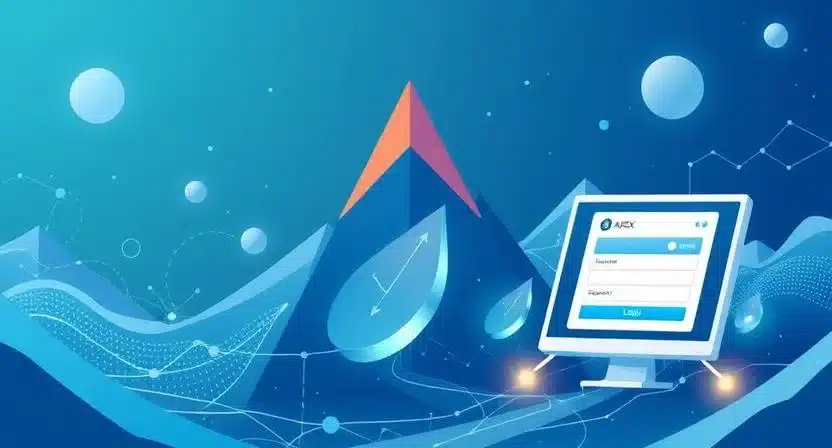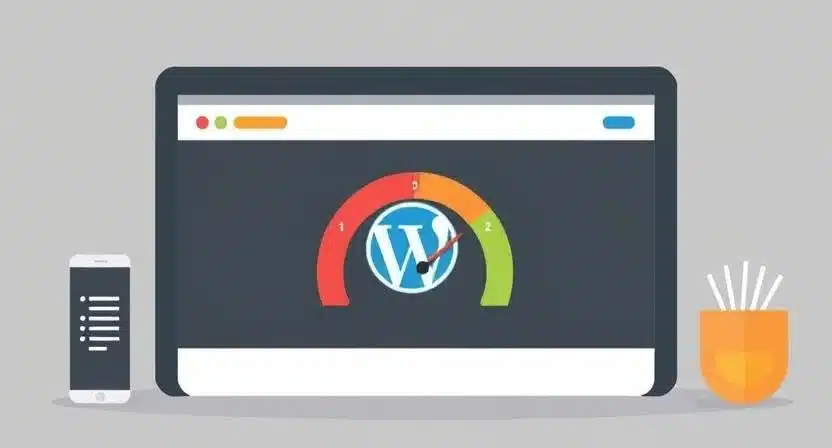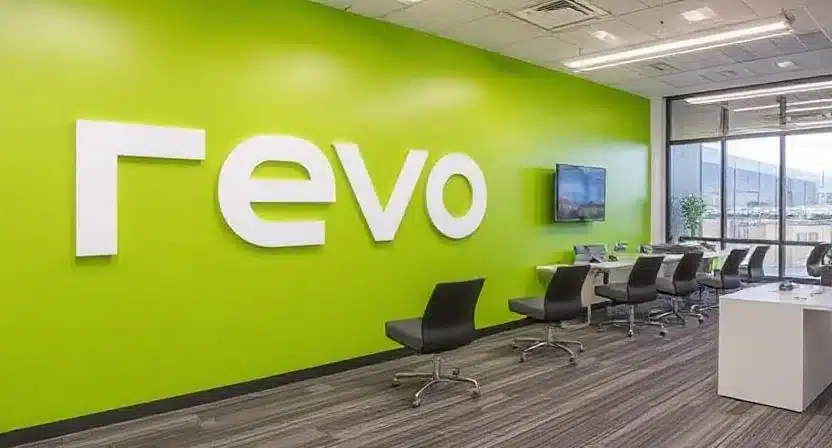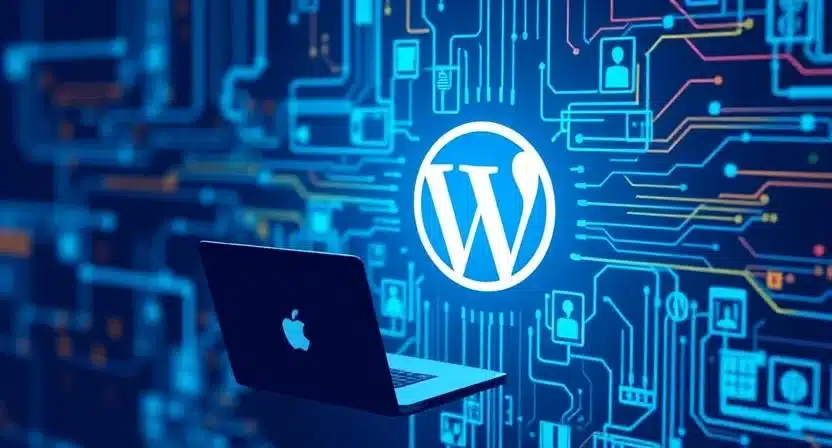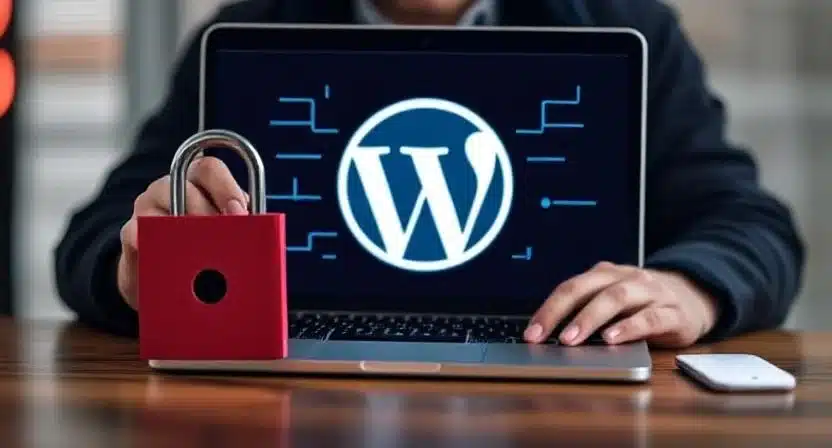How to Build a Shopify Store from Scratch

How to Build a Shopify Store from Scratch in 2025: Building a successful Shopify online store has never been more strategic or more accessible. As e-commerce continues to dominate U.S. retail growth, Shopify remains the go-to platform for entrepreneurs, startups, and global brands seeking flexibility, scalability, and simplicity.
Whether you’re building a Shopify store with AI, starting a Shopify store for dropshipping, or simply exploring how to build a free Shopify store, the path to success begins with a clear understanding of the process.
This professional, step-by-step guide compiles insights from leading experts and sources such as Shopify, DigitalSilk, CrazyEgg, and Instant, so, giving you a complete roadmap to build, launch, and grow your Shopify business efficiently.
Recommended Read: WordPress vs Shopify: Which Is Better in 2025?
Understanding the Shopify Ecosystem
Before you start designing or selling, it’s essential to understand what makes Shopify the leading e-commerce platform.
Shopify provides an all-in-one ecosystem hosting, payment gateways, inventory management, analytics, and marketing, allowing businesses to manage everything from one dashboard.
Key reasons why U.S. businesses choose Shopify:
- Ease of setup: No coding experience required.
- Scalability: From startups to enterprise-level operations.
- AI integration: Shopify Magic now assists in content creation, inventory predictions, and product recommendations.
- Extensive app ecosystem: Over 8,000 plugins for automation, SEO, marketing, and analytics.
In short, building a Shopify store is no longer just about selling; it’s about building a fully automated online business ecosystem.
Step 1: Create Your Shopify Account
To begin, visit shopify.com and click “Start Free Trial.” Shopify offers a 3-day free trial, followed by flexible monthly plans starting at $5 for basic sellers.
You’ll be asked to:
- Enter your email address, store name, and password.
- Answer basic questions about your business type and goals.
- Get redirected to the Shopify Admin Dashboard, your control center.
Tip: When you build a free Shopify store, use the trial period to explore Shopify’s features before committing to a paid plan.
Step 2: Choose the Right Shopify Plan
Selecting the right plan determines your scalability and profit margin.
| Plan | Ideal For | Monthly Cost (USD) |
|---|---|---|
| Starter | New sellers, testing product ideas | $5 |
| Basic | Small businesses and new stores | $39 |
| Shopify | Growing businesses | $105 |
| Advanced | Established brands | $399 |
| Plus | Large enterprises | Custom pricing |
Evaluate your expected sales volume, staff size, and marketing needs before deciding.
Step 3: Select and Customize Your Shopify Theme
Your store’s design defines your brand identity and customer experience. Shopify provides 100+ free and premium themes tailored for various industries, from fashion to tech.
Steps to customize your Shopify theme:
- Go to Online Store → Themes → Customize.
- Adjust layout, fonts, colors, and imagery.
- Preview in desktop and mobile modes.
- Add your brand logo and favicon for visual consistency.
For 2025, Shopify’s AI-assisted theme editor (part of Building a Shopify store with AI) automatically suggests design elements, product layouts, and color palettes based on your industry.
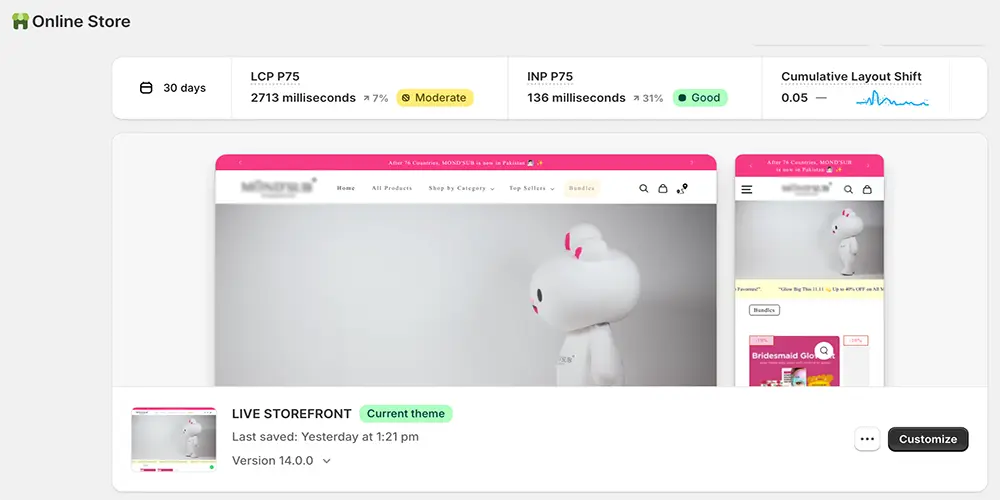
Step 4: Add Products and Create Collections
Adding products is the foundation of your store. Navigate to Products → Add Product, then fill in the following:
- Product Title & Description: Include SEO keywords naturally.
- Images & Media: Use high-quality visuals; Shopify supports 3D and video.
- Pricing & Inventory: Track stock levels and SKUs.
- Variants: Offer multiple colors, sizes, or styles.
- Collections: Group similar items (e.g., “New Arrivals,” “Best Sellers”).
Pro Tip: Use Shopify Magic to auto-generate product descriptions and SEO tags, making building a Shopify store with AI faster and more efficient.
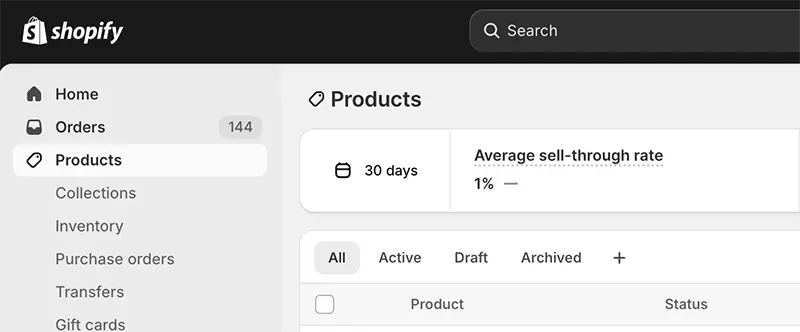
Step 5: Configure Shopify Settings and Payment Gateways
Now it’s time to make your store functional:
- Payments: Activate Shopify Payments or integrate PayPal, Stripe, or Amazon Pay.
- Shipping: Set flat rates or real-time carrier calculations.
- Taxes: Automatically calculate state and federal taxes in the U.S.
- Notifications: Automate order confirmation and shipping updates.
Shopify also offers AI-driven fraud protection and one-click checkout, which can increase conversions by up to 25%.
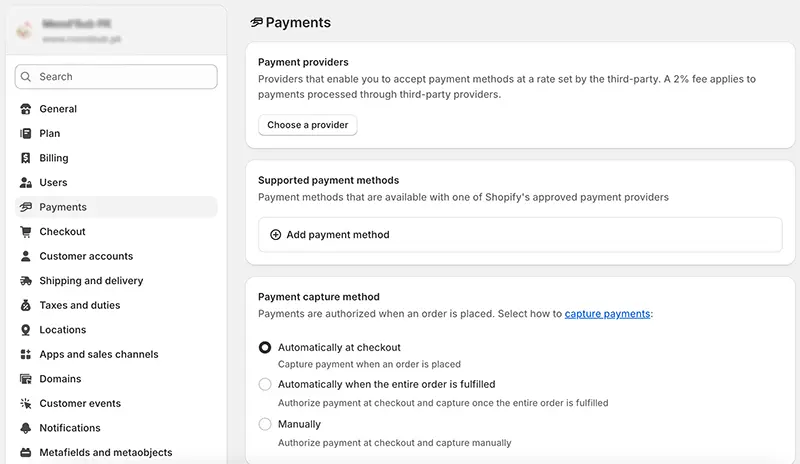
Step 6: Optimize Your Store for Conversions
Competitors like Instant.so and CrazyEgg emphasize the importance of conversion optimization once your store is live.
Optimization strategies include:
- Speed: Use lightweight themes and optimized images.
- Mobile-first design: 80% of Shopify traffic comes from smartphones.
- Trust signals: Add secure payment icons and customer reviews.
- CTAs: Clear “Buy Now” or “Add to Cart” buttons.
- Analytics: Use Shopify analytics and heatmaps to track engagement.
Step 7: Launch and Market Your Shopify Store
- Test checkout and payment processes.
- Review mobile responsiveness.
- Check for spelling and link errors.
Once your products, pages, and settings are finalized, it’s time to go live.
Before launch:
Marketing strategies post-launch:
- Email Marketing: Integrate with Klaviyo or Omnisend.
- Social Media Integration: Sell directly on Instagram, TikTok, and Facebook.
- SEO Optimization: Use keyword-rich descriptions and blogs.
- Paid Ads: Run targeted Google and Meta campaigns.
Shopify also offers AI-powered marketing tools that recommend campaign ideas based on customer behavior an emerging feature reshaping
Step 8: How to Build a Shopify Store for Dropshipping
If you prefer not to manage inventory, Shopify dropshipping is an ideal business model. You can source and ship products directly from suppliers via platforms like DSers, Spocket, and Oberlo alternatives.
How to Build a Shopify Store from Scratch for Dropshipping:
- Choose a profitable niche (gadgets, home décor, fitness gear, etc.).
- Integrate a dropshipping app via Shopify’s App Store.
- Import products with supplier info and profit margins.
- Set up automated fulfillment and shipping.
- Focus on branding and marketing, not inventory handling.
This approach allows entrepreneurs to scale quickly with minimal upfront costs.
Step 9: Enhance Operations with Automation and AI
The future of e-commerce lies in automation and artificial intelligence. Shopify now supports:
- AI chatbots for customer support.
- Automated product tagging and categorization.
- Smart inventory forecasting.
- Personalized recommendations using customer data.
Building a Shopify store with AI not only saves time but also improves conversion rates and customer satisfaction by delivering tailored experiences.
Step 10: Scale Your Shopify Store
Once your foundation is strong, focus on growth:
- Expand Sales Channels: Sell on Amazon, Walmart, or eBay through Shopify integrations.
- Introduce Subscriptions: Use Recharge or Bold Subscriptions.
- Optimize for SEO: Write keyword-focused blogs (e.g., “Best Shopify stores 2025”).
- Use Data Analytics: Track traffic sources, conversions, and retention rates.
- Reinvest in Paid Campaigns: Focus on ROAS and audience segmentation.
Leading brands like Heinz, Red Bull, and Gymshark all started small on Shopify before scaling globally, proving that structured growth and automation lead to sustainable success.
FAQs: How to Build a Shopify Store from Scratch
How much does it cost to build a Shopify store in 2025?
Expect to spend between $39–$105/month on Shopify plans, plus costs for apps, domain, and design.
Can I build a free Shopify store?
Yes, you can start with Shopify’s 3-day free trial to explore all features before upgrading to a paid plan.
Do I need coding experience to build a Shopify store?
No. Shopify is a no-code platform. Its drag-and-drop builder and AI assistants simplify every step.
What’s the best way to build a Shopify store for dropshipping?
Integrate a dropshipping app (like DSers or Spocket), automate product imports, and focus on branding.
How long does it take to build a Shopify store from scratch?
A basic store can be live within 1–3 days. More complex, branded stores may take 1–2 weeks.
Can I use AI tools to create my Shopify store?
Yes. Shopify Magic and third-party AI tools can write descriptions, suggest designs, and automate campaigns.
Conclusion: Build Smarter, Sell Faster
How to Build a Shopify Store from Scratch: Building a Shopify store from scratch in 2025 is more than just setting up an eCommerce site; it’s about creating a fully automated, intelligent business system.
By combining the power of AI, dropshipping, and Shopify’s robust ecosystem, U.S. entrepreneurs can launch profitable online stores without deep technical skills.
Whether you’re aiming to build a Shopify store for dropshipping, create a professional online brand, or scale globally, the tools are already at your fingertips.
In today’s digital economy, success isn’t about working harder; it’s about building smarter with Shopify.




























